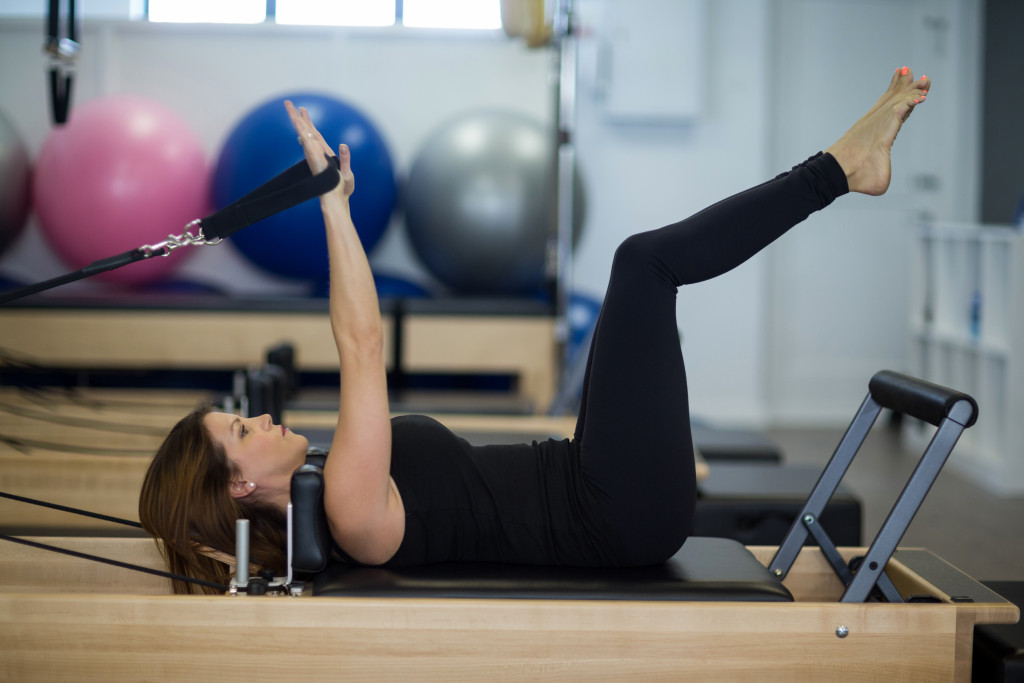The age of the pandemic has put most of our travel plans on hold. Credit cards with perks and miles rewards have gone stagnant. Most of us are getting far more value out of basement finishing to create a home theater and explore the world from a 4K TV screen.
And even when we do manage to bring Covid-19 under control, people around the world are likely to be cautious both ways as far as resuming travel is concerned. We’ll be more selective about our destinations and manner of transportation. Countries can impose restrictions on visitors based on their place of origin.
It will take some time before we can go back to free-flying international adventures. But there are ways we can prepare for the return of travel. In particular, we need to work hard ahead of that time, in order to stay in road-worthy shape. Here are some routines you can practice each day.
Train for endurance
When you’re in a foreign country, one way or another, you tend to spend far more time getting about on foot. Sometimes, it’s because you got lost. But even with the help of local guides and your phone’s navigation app, you still want to let your feet wander.
Exploring the unfamiliar is part of the travel experience. When you’re going about your home city, you gladly pay for the convenience of a ride because you’re only interested in getting from point A to B. Traveling in another city, though, you want to take your time and appreciate various attractions along the way.
Unfortunately, this tends to require a high level of endurance. You can begin to offset this through acclimation. Incorporate endurance training into your workouts so that your tolerance for sustained daily exertion is increased.
Ideally, this would be as simple as heading outdoors for a hike, or jogging around the neighborhood. But if coronavirus-related safety measures make that a bad idea, you can do aerobic exercises at home. Jumping rope and walking up and down stairs are cost-effective endurance workouts. You can also set a treadmill to a steep incline to push yourself further.

Build strength
Often, the most physically challenging part of a long trip is when you’re carrying your luggage. That’s several kilos of essentials and personal belongings. You need to somehow handle it with care while hauling it through airports, along busy streets and public transportation, all the way to your accommodations. And you get to do it again when you’re leaving.
Greater strength is necessary in order to perform intense physical acts with less effort and risk of injury. And this is best achieved through specific training and guidance. Muscles are a high-maintenance form of tissue. Your body won’t bulk up just through cardio.
You can do this at home, but you’ll need the right combination of exercise and diet. You actually need to eat more, not less. Keep your diet balanced and protein-rich. This will help your body to invest in growing bigger muscles in response to the stimulus of your workouts.
Beginners should start out slow and progress to more difficult exercises. 2-3 workouts of 2-3 sets per exercise is a good starting point. You want to increase the difficulty through more challenging variations, rather than simply upping the volume of reps. And don’t forget to get at least 24 hours of rest between strength sessions, so that your body can properly recover.
Get limber
Direct physical exertion is a major factor contributing to fatigue when you travel, but it’s not the only one. Cramped airplane seats, bumpy rides, and worrying about various concerns can drain your energy. All these little discomforts and anxieties you experience on the road will take their toll.
Ideally, you want your body to be limber, both before and after you hit the road. And practicing yoga is the perfect way to achieve this. Being strong doesn’t make you flexible. And just because you can run several kilometers each day doesn’t mean you have great breathing control.
Different yoga asanas and sequences can be practiced each day to get your body accustomed to moving in a variety of ways. Internalizing these movements will help you avoid aches and stiffness on the road. And for the same reasons that make yoga a great practice during lockdown, you’ll find that it helps alleviate stress through relaxed breathing and mindfulness.
Settling into a sedentary lifestyle while travel is suspended won’t help things. Just as you surely plan to fly again, you need to stay active in the meantime. Keep your body ready, and you’ll have plenty of energy to enjoy all that pent-up desire for travel.

